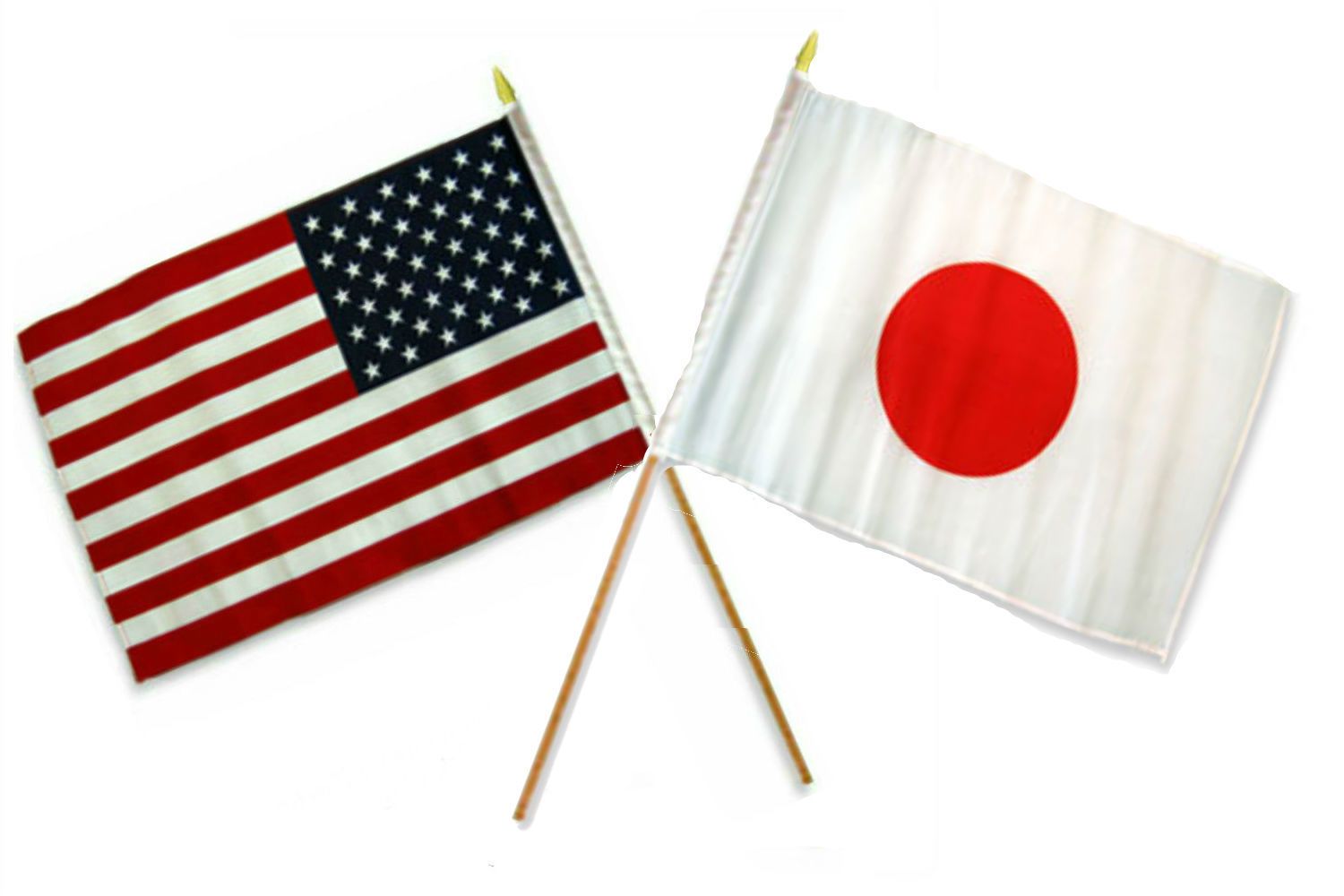U.S. and Japan strike deal on beef tariffs

The United States and Japan on Thursday announced an agreement that will allow American farmers and ranchers to meet Japan’s growing demand for U.S. beef and lowers the chances of Japan imposing higher tariffs in future
The agreement includes a new mechanism that requires three separate conditions to be reached – instead of only one – for Japan to invoke a “safeguard trigger” and impose higher duties on U.S. beef for 30 days.
“This agreement is a great win for our two countries that ensures American farmers and ranchers can continue to meet Japan’s growing demand for high-quality U.S. beef,” U.S. Trade Representative Katherine Tai said in a statement.
The agreement, reached after a year of consultations between the two countries, will come into force once the text is finalized and each country has completed a few remaining steps, a senior U.S. official said.
U.S. Agriculture Secretary Tom Vilsack welcomed the agreement and said it would allow for greater market-based growth in U.S. beef exports to Japan.
In 2021 the United States was the world’s top beef exporter, with global sales of beef and beef products valued at more than $10 billion, U.S. data shows.
Exports of U.S. beef to Japan totalled almost $2.4 billion in 2021.
U.S. meat producers had pushed for an adjustment to the thresholds, arguing that U.S. beef was at a competitive disadvantage against exporters who are members of the Comprehensive and Progressive Agreement for Trans-Pacific Partnership (CP-TPP).
For the safeguard tariffs to kick in, total beef imports from not only the United States but also the 11 members of the CP-TPP must cross the threshold set in the CP-TPP agreement.
“This is a mechanism that was in place for the TPP before the U.S. exited those talks, and we believe that this new agreement is a way of bringing the U.S. back to that scheme,” a Japanese farm ministry official told Reuters.
The CP-TPP was set to be one of the largest trade agreements in the world until the United States withdrew from negotiations in 2017. The two countries signed a separate bilateral free trade agreement in 2019.
Japan raised its “safeguard” duty on U.S. beef to 38.5% from 25.8% in March 2021 for 30 days after U.S. beef imports reached 253,051 metric tons, exceeding the 242,000 metric ton trigger level. Demand for U.S. beef had risen in that period as a drought slowed imports from Australia.
The tariff hike prompted the two countries to negotiate a new deal.
“It has taken a year to find the right formula for this agreement,” U.S. Ambassador to Japan Rahm Emanuel said in a statement, saying the agreement was as much a win for Japanese consumers.
Negotiations started with “big differences”, but both parties found a good consensus, Japanese government officials said at a briefing on Thursday evening.
U.S. beef is currently entering Japan at the normal 25% duty level negotiated in the agreement for Japan’s fiscal year 2021, which ends on March 31, and no higher temporary duties were expected in the current fiscal year, the senior official said.
The three-trigger system removes uncertainty for U.S. exporters even if there are shifts in market availability from various countries during a given year, a senior official said.












